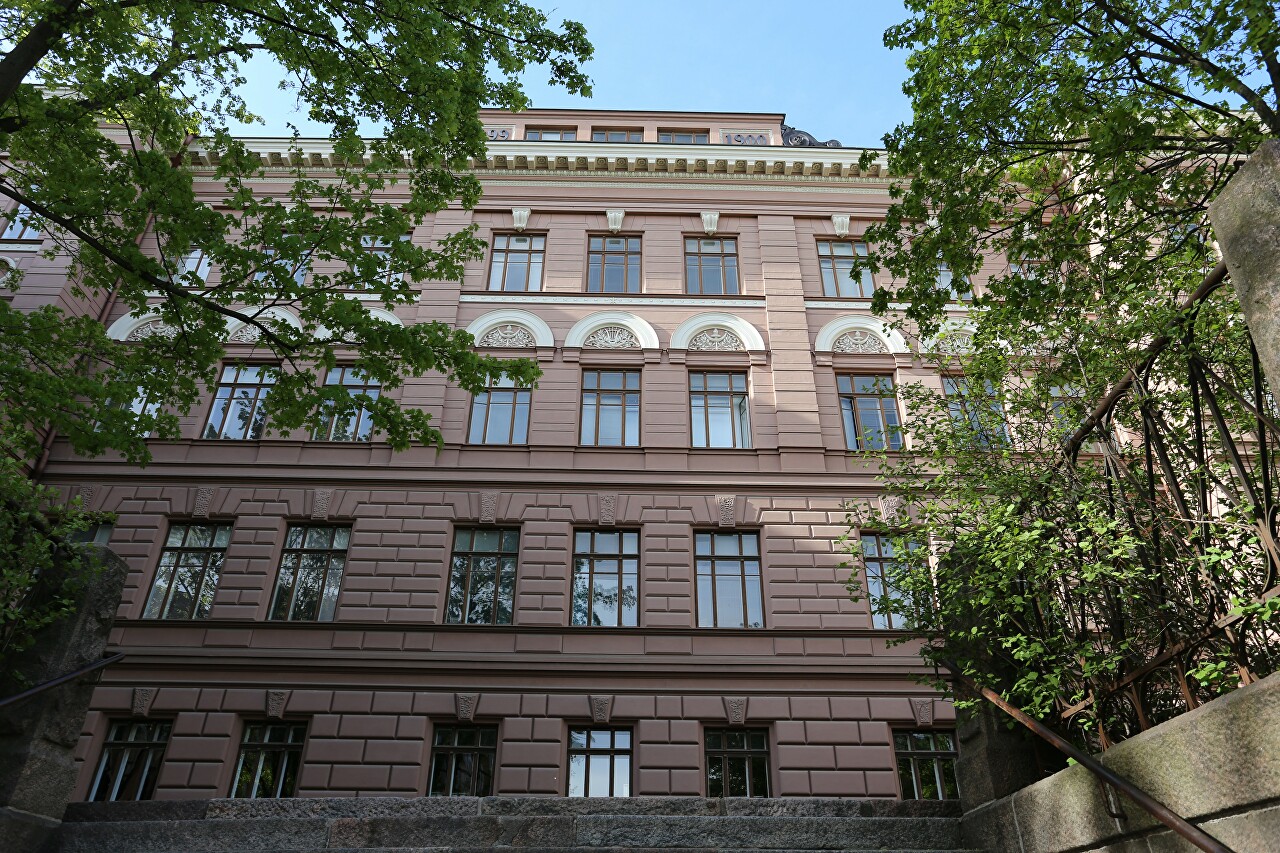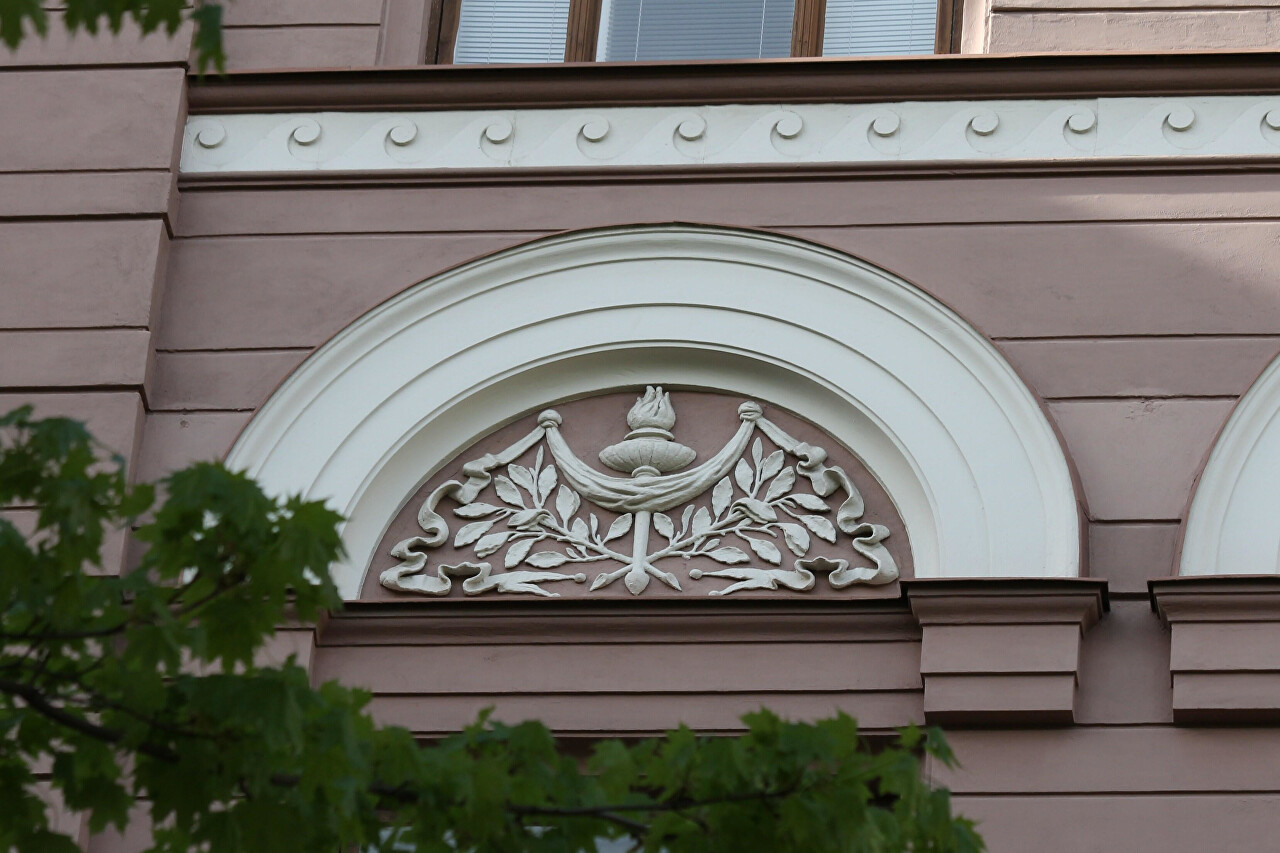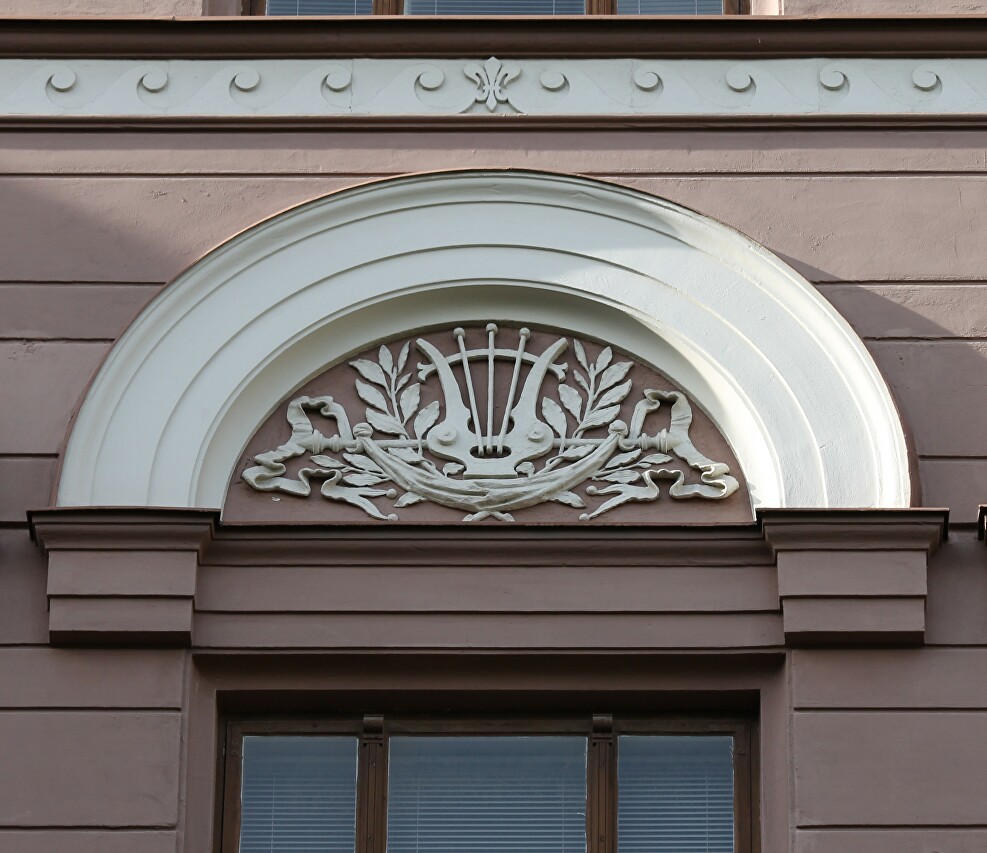Sibelius School of Music and Dance, Helsinki
Here they gave education with an emphasis on natural sciences and mathematics. The training was conducted in Swedish. In 1891, a similar Finnish-language school opened in the city and the name was changed to Svenska reall lyceum.
For many years, the school occupied part of the premises in the house on Mariankatu 8, and in 1902 it moved to a specially built building in the classical style on Liisankatu 12. The project was designed by architect Theodor Decker and Magnus Scherfbeck, and construction was supervised by engineer Johan Johanson. The building cost the treasury 650,896 Finnish marks and 46 pence. In 2014, the program included humanities subjects. After the end of the civil war, the school received the status of a lyceum (Svenska Lyceum). In 1968, the lyceum was merged with the girls ' school.

In 1972, the lyceum moved to a new building, and in this reconstruction began, which lasted almost five years. In 1977, the building opened a secondary school with an advanced study of music and dance, which in 1982 was named after the Finnish composer Jan Sibelius (Sibelius-lukio). The general education course is open to all comers. To study in music and dance classes, you need to pass a qualifying exam. The school is considered prestigious, so the competition is very large.
